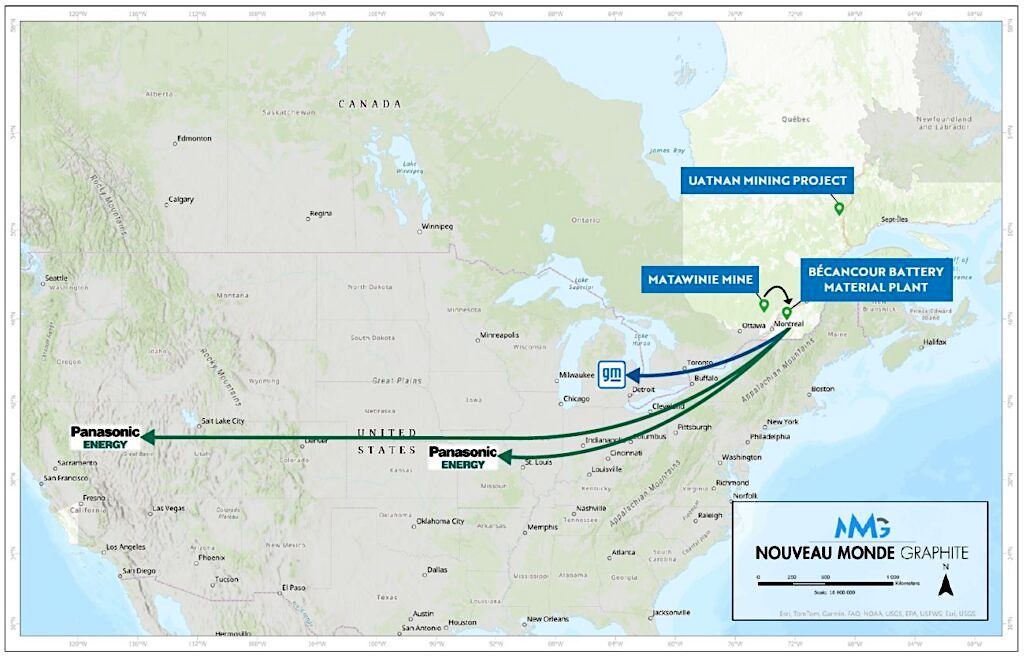WestJet CEO apologizes for accessibility failures, defends airline's record
, The Canadian Press
WestJet chief executive Alexis von Hoensbroech apologized for incidents where the airline failed to accommodate people living with disabilities, saying he hopes to improve travel accessibility.
“To our guests who didn’t have a good travel experience with us, we are sincerely sorry, and we are committed in doing better," von Honesbroech said during a House of Commons transport committee hearing on accessible transportation on Thursday.
More than 99.9 per cent of the carrier's 260,000-plus customers who required support last year — roughly 700 each day, the vast majority of whom used wheelchairs or mobility aids — had a good experience, he said.
"Every case that goes wrong is one too many," the CEO said.
The appearance followed a committee session last week that saw lawmakers take Air Canada CEO Michael Rousseau to task over "shocking" failures around accessibility.
Rousseau acknowledged mistakes, and pointed to an expedited accessibility scheme announced in November along with new measures to improve the travel experience for hundreds of thousands of passengers living with a disability.
Several incidents have surfaced at Canadian airlines over the past year.
In August, a B.C. man with spastic cerebral palsy was forced to drag himself off of an Air Canada plane in Las Vegas. Last fall, former Paralympian Sarah Morris-Probert hauled herself up WestJet aircraft stairs rather than being able to board using her wheelchair.
"Everyone’s always very sorry and very committed to doing better whenever these things happen, but these high-profile incidents continue to plague Canadian airlines," Conservative MP Mark Strahl told von Hoensbroech.
“Thoughts and prayers are no longer acceptable."
Von Hoensbroech highlighted steps WestJet is taking to boost accessibility. These include a process to confirm to customers that mobility aids were loaded into the cargo hold and procedures to properly store those devices on board across its whole network. Both measures are set for rollout "very soon," he said.
Advocates insist tougher rules and enforcement are needed to reduce accessibility barriers.
“As a blind passenger, I dread entering Canadian airspace, because I never know how good or bad will be my treatment," said David Lepofsky, a lawyer who chairs the Accessibility for Ontarians with Disabilities Act Alliance, in a Wednesday news release that called for stricter regulations and a crackdown by regulators.
“Month after month, the media has reported on inexcusable and recurring incidents where an airline loses or destroys a passenger’s wheelchair, leaves a passenger with disabilities to crawl off an airplane, or strands a passenger with disabilities for hours in a Canadian airport without needed assistance.”
Current regulations codify important principles but fail to spell out financial consequences for breaches, said Gabor Lukacs, president of the Air Passenger Rights advocacy group.
"The culprit is the perennial problem of inadequate enforcement and inadequate legislation," he told the committee.
Penalties against large airlines over disabilities violations occasionally top $100,000. "However, when the media is not paying attention, the fines are insignificant," Lukacs said.
Last week, the Canadian Transportation Agency penalized Air Transat to the tune of $11,000 after it failed to quickly provide a suitable replacement for a passenger's mobility aid that had been lost on arrival in Venice. Airline owner Transat A.T. Inc. took in $3 billion in revenue last year.
The agency’s enforcement team tracks complaints to scan for a pattern of contraventions, and looks to impose fines when it sees a problem as “systemic,” said Tom Oommen, the agency’s director general of analysis and outreach, in an interview last month.
Lukacs also called for a government mandate to track and post statistics on disability-related complaints and mishandled mobility aids, as the U.S. Department of Transportation does.
WestJet received and investigated about 200 complaints related to accessibility last year, some involving damage to mobility aids — "quite small numbers relative to the very large amount of passengers with (disabilities) that we carry," said Todd Peterson, the airline's head of regulatory affairs.
NDP MP Taylor Bachrach cited WestJet incidents where mobility aids were left behind, a passenger was picked up, dropped and injured because staff weren't comfortable with the lift device, and the wheelchair rim of a four-year-old with spina bifida was damaged, rendering her immobile for more than a month.
“When the committee hears things like the number of accessibility complaints is a very small fraction of the total number of people with disabilities transported, I'll just say it: it sounds like minimizing the problem or trying to rationalize it," Bachrach said.
Von Hoensbroech took pains to stress the complex, integrated nature of air travel.
In the case of the ex-Paralympian, airport congestion in Los Cabos, Mexico, meant that the plane was forced to park on the tarmac rather than at the gate, leaving stairs as the only way to board. Crew members had offered to carry Morris-Probert on board in her wheelchair, but the ex-Paralympian considered that option dangerous, von Hoensbroech said.
“There's an approved process on how to do it," he said, but called her experience "humiliating" nonetheless. "I don’t like that either, but it was the next best option."
This report by The Canadian Press was first published Feb. 15, 2024.


